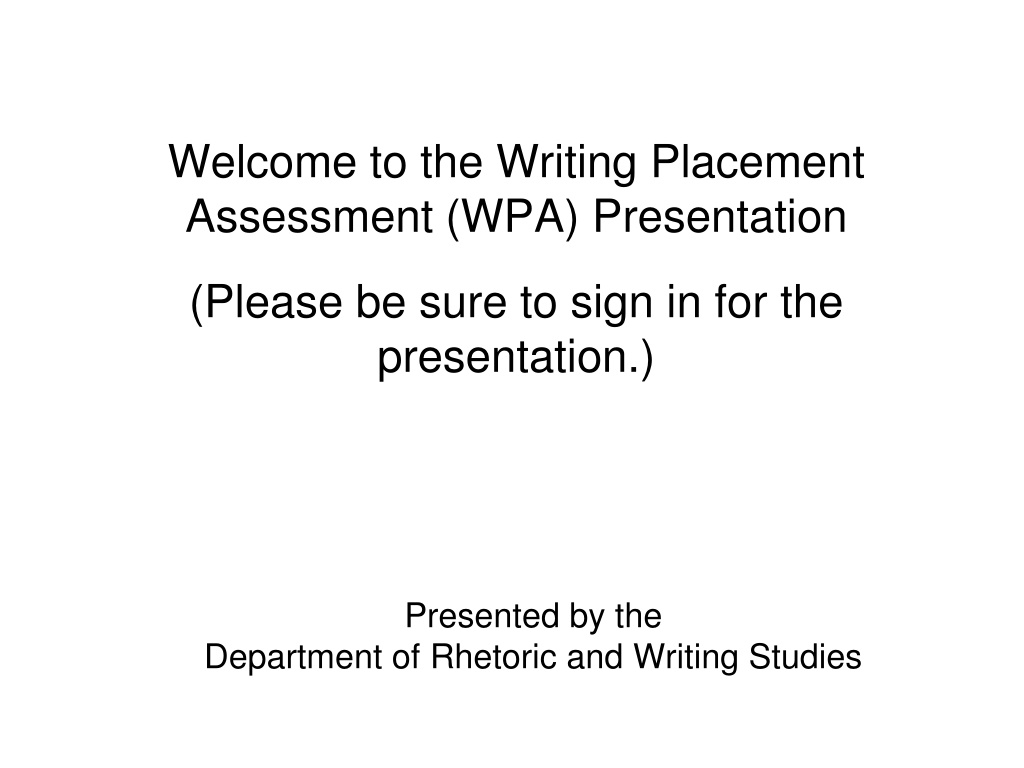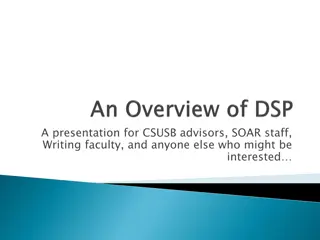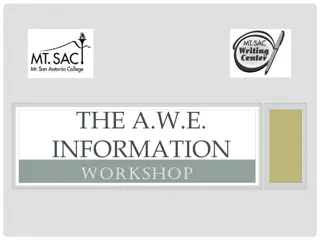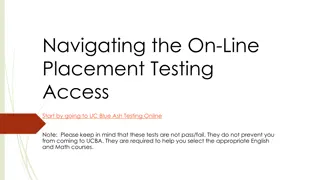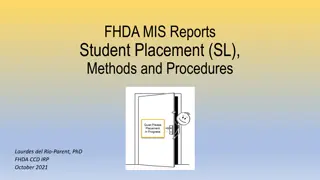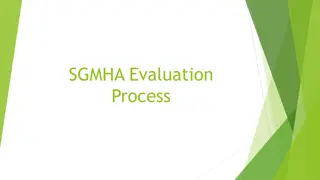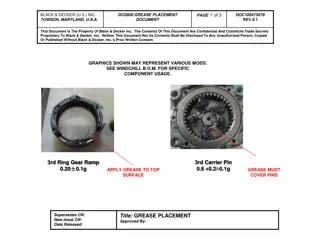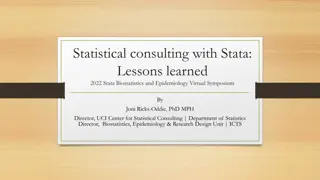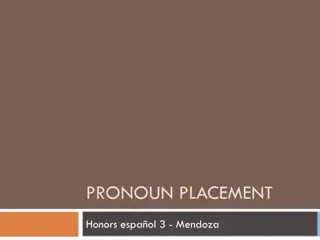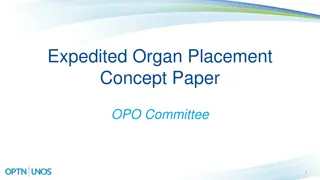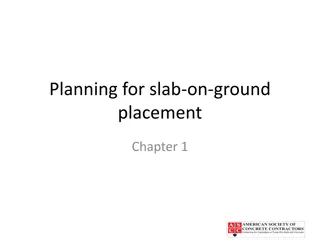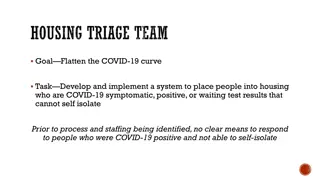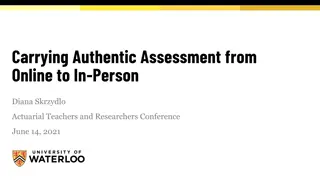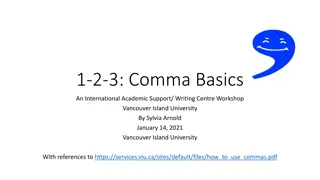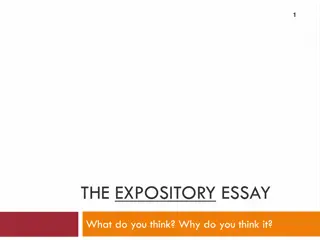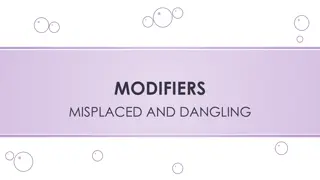Understanding SDSU's Writing Placement Assessment (WPA)
SDSU's GWAR, an argument-based Writing Placement Assessment, requires students to write an essay analyzing a given argument. Scores range from 2-10, with different score bands dictating course requirements. Achieving a perfect score is subjective, emphasizing clear and concise argument analysis. Some majors may replace specific writing courses regardless of WPA score, easing the pressure for perfection.
Download Presentation

Please find below an Image/Link to download the presentation.
The content on the website is provided AS IS for your information and personal use only. It may not be sold, licensed, or shared on other websites without obtaining consent from the author. Download presentation by click this link. If you encounter any issues during the download, it is possible that the publisher has removed the file from their server.
E N D
Presentation Transcript
Welcome to the Writing Placement Assessment (WPA) Presentation (Please be sure to sign in for the presentation.) Presented by the Department of Rhetoric and Writing Studies
SDSUs GWAR (Graduation Writing Assessment Requirement) is an argument-based Writing Placement Assessment (WPA) Overall, the WPA asks students to: Write an essay responding to a series of statements that relate directly to a reading selection in an engaging and informed way. Write an analysis of the argument presented in the reading rather than a personal response to the topic of the article.
Why do I have to take the WPA? All CSU campuses have some kind of upper-division writing requirement. At least five campuses require passing an exam. At least four require coursework only. About four, including SDSU, require an exam, then coursework only if necessary. Single-essay exams range from 180 to 60 minutes. SDSU provides students the opportunity to test out of any upper division writing courses, and our assessment is two hours long, rather than just one hour.
How the WPA is scored: 2 independent readers Score from 2-5 each Split Scores (3-4, 4-5) evaluated by a third reader Evaluated by WPA Coordinator/Chief Readers Total score of 10: Requirement fulfilled (about 10.1% of students taking the test, based on 2016 figures) Total score of 8: Demonstrates competency for an upper division writing course (around 76.5%) Total score of 6 or below: Need to take RWS 280 or 281 AND an upper division writing course (about 13.4%)
WARNING: There is no automatic formula for earning a 10 on the WPA. The topic essays are written by humans, then responded to by humans, and those responses are then read by humans. Ultimately, you are making an argument about the effectiveness of another author s argument. Results will vary. Therefore, it is important to create a clear, concise, and effective analysis of the author s argument.
Something to consider: Many departments have a writing-intensive course that takes the place of RWS 305W. Some majors require that their students take this writing-intensive course regardless of their score on the WPA. If you are in such a major, that means a score of 8 on the WPA has the same impact on your course load as a 10. While everyone should strive for perfection, it can still be comforting to know some of the pressure is off.
What to do before theexam: Explore the internet for information on rhetorical strategies and rhetorical vocabulary. Some suggestions: Understanding the WPA, including samples: http://wpa.sdsu.edu WPA registration information: http://studentaffairs.sdsu.edu/testofc/testing.html Google Rhetorical Strategies Write a practice essay while you time yourself! Many students say the time limit is the most challenging aspect of the assessment.
The day of the assessment: Bring two pens, your student id, and entry ticket (print this out by visiting www.sa.sdsu.edu/testofc/ and clicking Admission Tickets ). You may also bring a highlighter. Exam book and reading are provided 120 minutes to read and write Manage your time: approximately 15-20 minutes to read the prompt, the article and pre-write, 80-90 minutes to write, and 15-20 minutes to edit and proofread.
While taking the WPA: Read the prompt. Identify writing tasks (what is the prompt actually asking you to do?) Carefully read the selection. * Underline and annotate as you read. Draft a sentence or two that tells the reader what you are going to do in this essay, such as a thesis, a controlling idea, or a project statement. Plan the structure of your essay. * It need not follow the order of the tasks in the prompt. Be sure to address every component of the prompt.
Some technical notes: Try to write legibly. The exam will not be scored on penmanship, and professors involved in scoring do their best to interpret what you are saying. Still, it s helpful if your writing is clear. Don t write on the backs of pages. That way you have an entire blank page next to your writing if you need to make corrections, or insert something. If you realize halfway through that you ve accidentally forgotten to skip backs of pages, just start from that point. Time is limited. Don t re-write something you don t have to.
General Academic Writing Tips: Avoid referring to the author by his/her first name. Be careful of using you and like. Avoid using talks about and says. If you know something, be sure to explain how and why you know it. Create topic sentences for your paragraphs that are informative. Don t assume the readers will automatically know what you are trying to say.
Other tips: Read the directions. This is important. o Tutors are available in the Writing Center, which is located in LA 1103 (in Love Library across from the Circulation Desk). Consider writing a practice essay and reviewing it with one of these free tutors. o The Writing Center also offers smaller workshops where you can complete a practice exam. For a listing of available workshops, see: o http://writingcenter.sdsu.edu/resources.html o
Be aware of the time These times are approximate: 15-20 minutes to read the prompt and the article Read the prompt first and underline and annotate Prewriting suggestions: List, map, outline, thesis, etc. 80-90 minutes to write Don t worry about spelling and conventions of correctness as you write 15-20 minutes to edit and proofread Make minor edits and correct any errors you find Check the time periodically; don t count on the proctor to keep you informed
What the readers are looking for: Analysis: Is your analysis of the author s argument reasonable, credible, thorough, and well-thought out? Focus: Does the essay accurately and thoroughly address all aspects of the prompt? Organization: Do the ideas flow from one paragraph and from one sentence to another? *Make sure your essay doesn t read like a list.* Development: Are details and specific examples used to further prove or illustrate the thesis? Grammar Punctuation Spelling: This is something you can do little about in the days before the test. The focus, organization, and development strategies are in your control.
KNOW THE PROMPT The prompt is available on the website. You should read it several times before the exam so you fully understand what is being asked. The prompt will also be presented to you on the day of the test. Re-read it to make sure you are familiar with all parts. Consider making notes if necessary.
The WPA prompt: Write an essay in which you respond to all of the following: Identify and provide a brief explanation of the author s argument; identify two persuasive strategies that the author uses to support his or her argument and analyze how those strategies might persuade the reader to support the claim; discuss the assumption(s) on which the argument is based; and evaluate the extent to which the reader would find the argument convincing. Be sure to follow these directions carefully, rather than simply agreeing or disagreeing or writing an extensive summary of the article.
To be more specific, you are being asked to: explain the pointof the author s argument explain how the author is using rhetorical strategies to persuade an audience identify and explain the core assumptions of the article most importantly: you must analyze and evaluate the effectiveness of each of these components. (Did this strategy/structure/assumptions work to convince the audience? Why/why not?)
Take careful note! If the prompt is always the same, regardless of the readings, you can learn one important thing even without reading the prompt: The prompt is not about the content of the reading. Pay careful attention to the segments of the prompt that tell you not to summarize, and not to respond directly to the argument. You are writing an analysis of the argument, not about the content of it.
Breaking down the components of the prompt: Look at the verbs in the Prompt: Identify: Clearly label and provide examples of the strategies, structure, and assumptions used by the author. Describe, Explain, Discuss: Thoroughly explain how the author is using this information to support his/her argument. Consider the author s motivation for utilizing this particular piece of evidence; how did he/she think it would help to further convince the readers? Evaluate:Consider the effectiveness of the devices used by the author: do these devices strengthen or weaken the argument? Why? Why not? Did this particular device help to convince the audience? Why? Why not?
The introductory paragraph should (at the very least): Identify: the title of the article the name of the author the author s main claim the rhetorical context the publication the intended audience Briefly cover: how the author presents the argument how the author supports the argument (a brief explanation of the strategies used) Signpost: Tell the readers where you re going with your essay.
Sample Introduction Many college students seek valuable opportunities to develop marketable skills within their fields. The internship is one such avenue that students can pursue. Anya Kamenetz s article, Take This Internship and Shove It, examines the assumed relationship between unpaid internships and the development of real-world job skills. Published in the New York Times, it seeks to reach a broad audience of largely educated people, many of whom may have worked unpaid internships themselves. Through the use of several clever rhetorical moves, Kamenetz manages to create an effective argument on the topic. I will examine those rhetorical moves below. Creating context for discussion Names author & title; rhetorical context Thesis (optional) 21 Signposting
The WPA prompt: Write an essay in which you respond to all of the following: Identify and provide a brief explanation of the author s argument; identify two persuasive strategies that the author uses to support his or her argument and analyze how those strategies might persuade the reader to support the claim; discuss the assumption(s) on which the argument is based; and evaluate the extent to which the reader would find the argument convincing. Be sure to follow these directions carefully, rather than simply agreeing or disagreeing or writing an extensive summary of the article.
Each strategy paragraph should (at the very least): Identify: One of two strategies used to support the argument Cite: textual evidence of the strategy Briefly discuss: how/why the author uses the strategy how the strategy supports the argument Analyze: the effectiveness of the strategy-- Does it help to convince the readers? why/why not?
?? Describe two strategies ?? Strategies are moves or devices which help build and support arguments. Find two the author uses in making his or her argument: Are statistics/examples provided? Are scenarios/situations presented? Are opposing arguments refuted? Are appeals made: - To emotions (pathos)? - To logic (logos)? Are narrations, descriptions, or settings provided? Does the author use stylistic devices: repetition, alliteration, or metaphor?
Strategies continued Does the writer of the selection: Use descriptions? Provide definitions? Share personal experiences/anecdotes to appeal to emotions? Use a concept or idea to interpret another idea? Use analogies? This is only a partial list. Do some research on the Internet to learn more terms! **In addition to identifying and describing these strategies, you must also evaluate their effectiveness (Do they work? Why/why not?)**
Sample Strategy Paragraph In her essay, Kamenetz effectively employs various rhetorical strategies to further her argument. One strategy that she uses to support her argument is exemplification, specifically the use of numbers and statistical representations. She states, for example, that 50,000 unpaid interns are employed full time for 12 weeks each summer at an average minimum wage of $5.15 an hour. The number of unpaid internships at such a meager wage clearly illustrates the reality of the situation and the exploitation of students. In addition, Kamanetz provides data from national surveys that clearly support her argument. The use of exemplification, as a result, helps the audience visualize the magnitude of unpaid interns and its impact on the economy. This data makes it easy to conceptualize the problem that exists for college students seeking to gain relevant work experience and contributes effectively to the overall argument. Clear topic sentence identifies strategy Textual support followed by analysis Effectiveness 26
The WPA prompt: Write an essay in which you respond to all of the following: Identify and provide a brief explanation of the author s argument; identify two persuasive strategies that the author uses to support his or her argument and analyze how those strategies might persuade the reader to support the claim; discuss the assumption(s) on which the argument is based; and evaluate the extent to which the reader would find the argument convincing. Be sure to follow these directions carefully, rather than simply agreeing or disagreeing or writing an extensive summary of the article.
Discuss the Assumptions Assumptions constitute the principles, beliefs and core values the author assumes the audience holds true. Look for obvious things that need no explanation, yet are vital to the writer s argument. Assumptions are effective to the extent they come to be shared by the reader and writer, thus forming "common ground." **In addition to identifying and describing the assumptions, you must also evaluate its effectiveness (Does it work? Why/why not?)**
The assumption paragraph should (at the very least): Identify: the assumptions on which the argument is based where in the text assumptions are evident or implied Briefly discuss: how/why the author bases the argument on these assumptions how the assumptions strengthen/do not strengthen the argument Analyze: the effectiveness of the assumptions would most audiences find the assumptions valid/reasonable? Were they appropriate for the intended audience? why/why not?
Sample Assumption Paragraph The assumption within Kamanetz s article is that work by an individual should be compensated and that an unpaid internship contradicts this belief. It can be argued that this concept is supported by the general population, as well as the majority of college students, and the article argues in more specific terms that unpaid internships do more harm than good to an individual and to the economy. This assumption validates both the author s argument as well as the points developed throughout the article. For this reason, the assumption presented in this article creates a shared understanding between the author and audience and provides an overwhelmingly convincing argument. Clear topic sentence Specific examples Analysis 30
The WPA prompt: Write an essay in which you respond to all of the following: Identify and provide a brief explanation of the author s argument; identify two persuasive strategies that the author uses to support his or her argument and analyze how those strategies might persuade the reader to support the claim; discuss the assumption(s) on which the argument is based; and evaluate the extent to which the reader would find the argument convincing. Be sure to follow these directions carefully, rather than simply agreeing or disagreeing or writing an extensive summary of the article.
Evaluate the extent to which you find the argument convincing Summarize your main points. Offer judgment of the author s argument: Do you feel it would be persuasive to a broad audience? Be sure to make your argument regarding the effectiveness of the author s argument, NOT your stance on the topic. Be sure to come down one way or the other on the effectiveness issue it is okay to say Despite its flaws, I found this argument to be effective.
Sample Response: Paragraph #6 Take This Internship and Shove It, by Anya Kamenetz, proved to be a convincing article. The belief that college students should be paid for their work, which is an assumption in the article as well as common ground between the author and audience, strengthens her argument. Furthermore, through the use of specific examples, the use of Logos and appeal to authority as rhetorical devices, and a carefully structured line of argument, Kamanetz establishes a persuasive argument for the reader. By the end of the article, readers have a clearer understanding of how the unpaid internship can plague both the student as well as the economy and that one should Take This Internship and Shove It. Summarizes main points & offers judgment 33
Time is almost out Spend 15-20 minutes proofreading. Do not proofread while writing. Do not sabotage yourself by trying to squeeze in too many re-writes. If you need to shift chunks of your writing, simply give clear directions for the readers. Look for errors you typically make. Be careful of very basic errors, such as confusion of their/they re/there or its/it s.
Taking the WPA Twice Students are allowed to attempt the WPA twice within the time frames and restrictions described below: Continuing students must take the WPA the semester in which they are completing 60 units or in the semester immediately following. Upper Division transfer students are eligible to take the WPA once they have received an offer of admission. They must take the examination by the end of the first semester at SDSU, but they are strongly encouraged to take it prior to enrollment at SDSU. Students who do not take the WPA by the deadline will not be able to register for future semesters.
